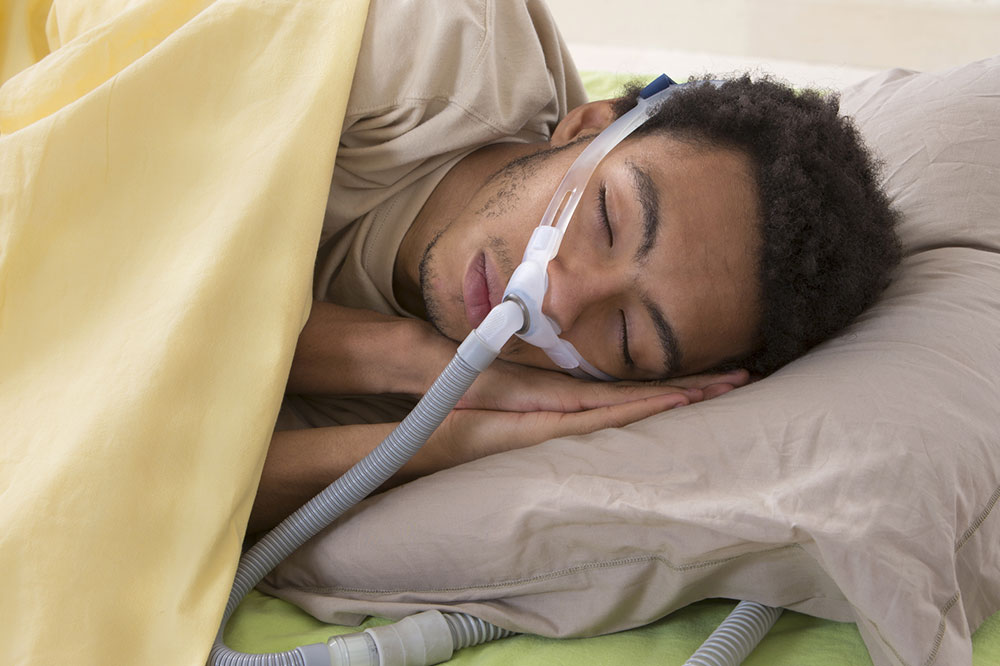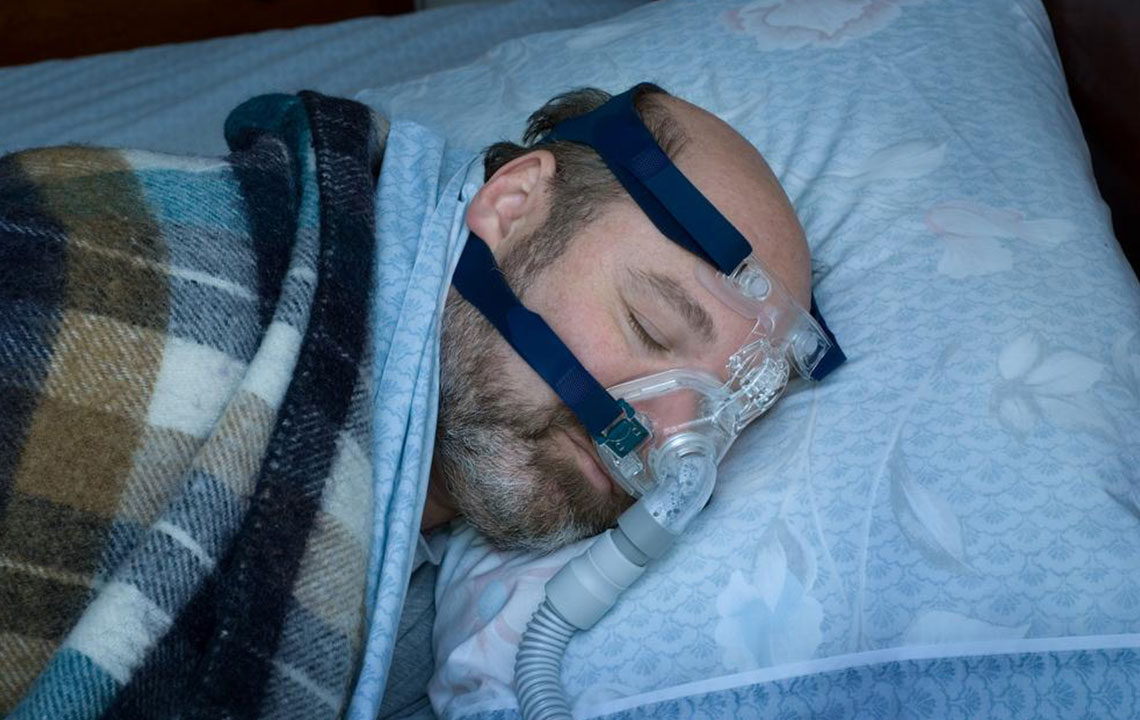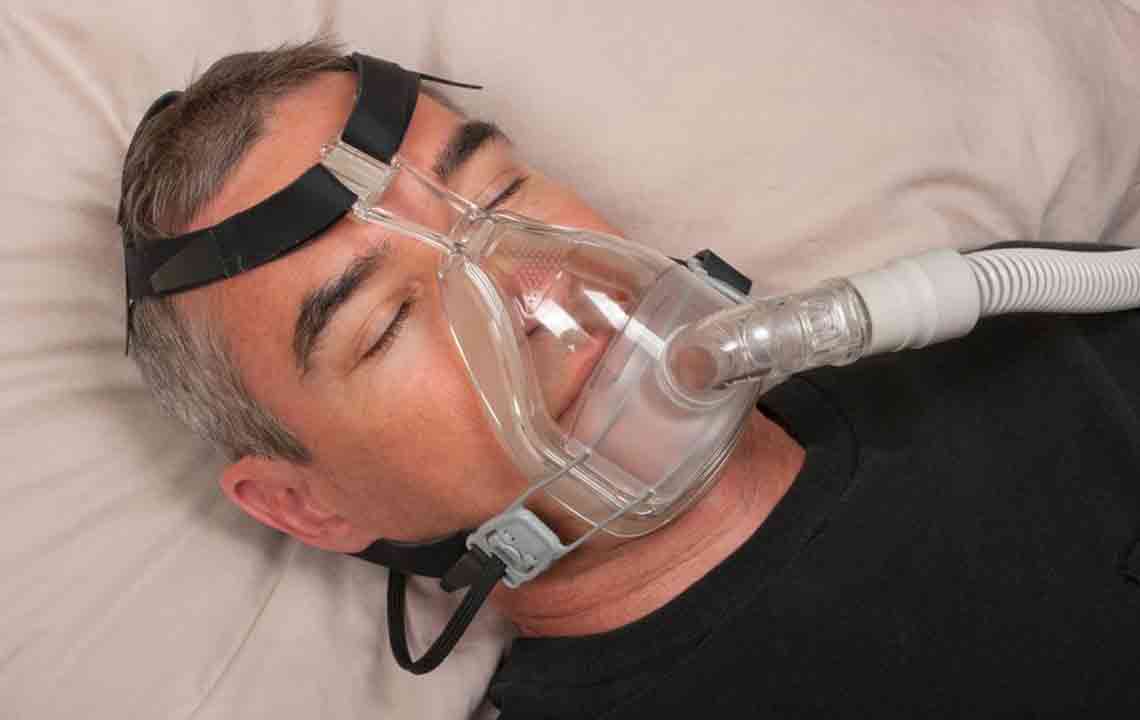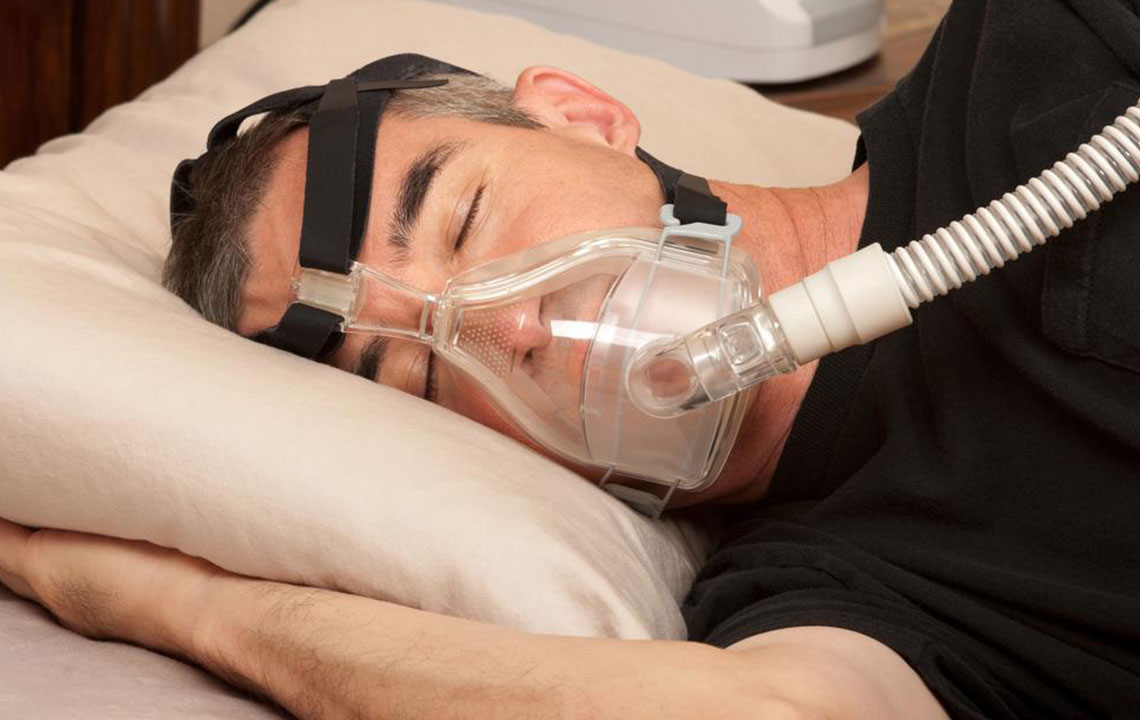Sleep Apnea Uncovered: Causes, Symptoms, and Effective Treatments
This comprehensive guide explores sleep apnea, highlighting its causes, symptoms, risk factors, and treatment options. Understanding these aspects can aid in early diagnosis and management of this potentially serious sleep disorder, improving overall health and quality of life.

Understanding Sleep Apnea: Causes, Signs, and Solutions
Sleep apnea is a significant sleep disorder that can pose serious health risks if not treated. It is characterized by repeated interruptions in breathing during sleep due to airway blockages. Many people remain undiagnosed because of low awareness. Recognizing symptoms and understanding underlying causes are essential for early detection and management.
Types and Symptoms
The main types include obstructive, central, and complex sleep apnea. Obstructive occurs from relaxed throat muscles, while central results from brain signal issues affecting breathing. Complex combines both types. Symptoms often encompass:
Interruptions in breathing during sleep
Extreme daytime tiredness
Loud snoring
Morning headaches
Mood changes
Sudden awakenings
Breathlessness
Risk Factors
Excess weight: Increases airway narrowing, raising apnea risks.
Physical features: Small jaw, large neck, enlarged tonsils, or tongue positioning can block airflow.
Family history: Genetics can influence susceptibility, especially in older adults.
Smoking: Causes airway inflammation and fluid retention.
Nasal blockages: Impaired airflow from nasal congestion worsens breathing issues.
Sleeping habits: Sleeping on the back may lead to airway collapse.
Health conditions: Heart disease, diabetes, and other illnesses increase risk.
Treatment Options
Approaches vary depending on severity, including lifestyle changes and medical procedures. Common treatments are:
CPAP therapy: Machines that deliver pressurized air keep the airway open during sleep.
Alternative devices: Adjustable pressure devices may enhance comfort.
Surgical procedures: Operations like tissue removal or jaw repositioning may be necessary if other treatments fail.
Natural strategies: Weight management, sleep position adjustments, exercise, quitting smoking or drinking, and humidification can improve symptoms.
Disclaimer:
This article offers general, research-based insights on sleep apnea. It is not a substitute for professional medical advice. Always consult healthcare providers for diagnosis and personalized treatment options. The goal is to educate and promote better sleep health awareness.


